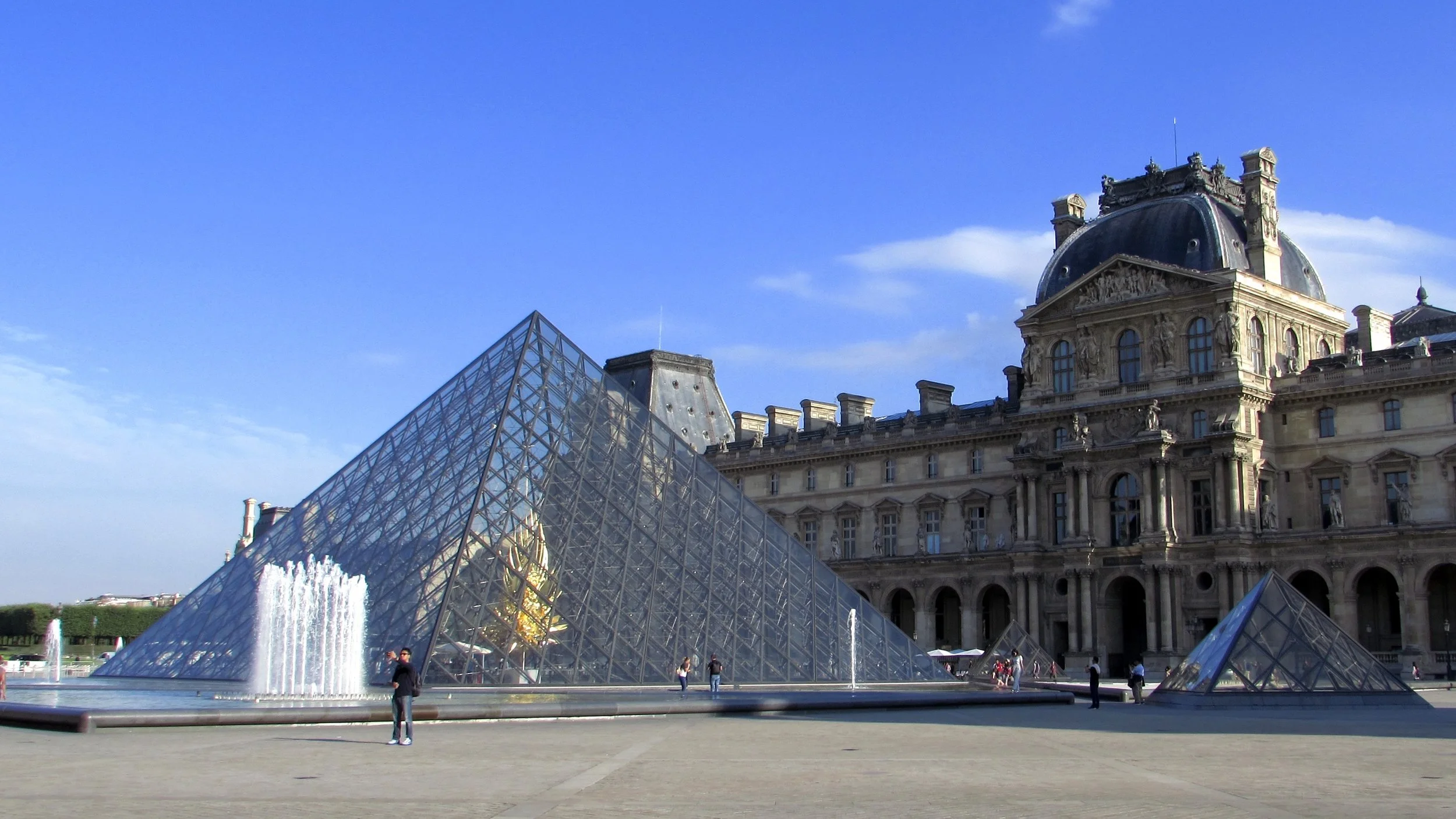
Musée du Louvre
Monday, Wednesday, Thursday, Saturday and Sunday: 9am - 6pm
First things first, the Louvre is too big to see it all. Don’t even pretend you’re going to see it all. And plus, you wouldn’t want to. But you’ll need half a day. You could do a full day, but it would get exhausting. There are times when sitting and admiring (and resting) is the best way to enjoy the museum. Quick side note, everyone says its number system is super great and it makes it so hard to get lost… but even with a map in my hand, and I am a man of maps, I got lost so many times.
The draw of the Louvre is obviously the European art. Not only does the Louvre have the Mona Lisa (and yes there is a huge silly crowd around it and yes there is a line to take a selfie with it) but there’s also Géricault’s the Raft of the Medusa (a favorite of mine) and a ton more. There are religious pieces, Italian pieces, French artworks, English, even some American pieces of art. There’s the famous statue from Greece, the Venus de Milo. Michelangelo’s got a bunch of artworks… there are so many pieces of art (>35,000 on display), it’s insane and I loved every second of it.
The Louvre doesn’t just house artwork though, it also contains Roman, Greek, Mesopotamian, Egyptian, Islamic, Etruscian, and a whole bunch more archaeological artifacts from so many different regions. I’m not talking just massive Easter Island heads and some sarcophagi (which they do have). There are also tools, brushes, toys, statues, writings, silverware, artworks, you name it, the museum’s got it.
There’s also the part of the museum that houses old Bourbon style furniture and room decorations. It truly showcases the absolute decadence and flamboyance of the Ancien Régime. It’s no wonder the people rose up agains the corruptness of the system in place. Too bad the revolution got sidetracked by ugly & evil men.
An awesome bonus I was not expecting was in the lower levels where you can see the actual walls of the old castle that the Louvre used to be! I recommend checking that out as well.
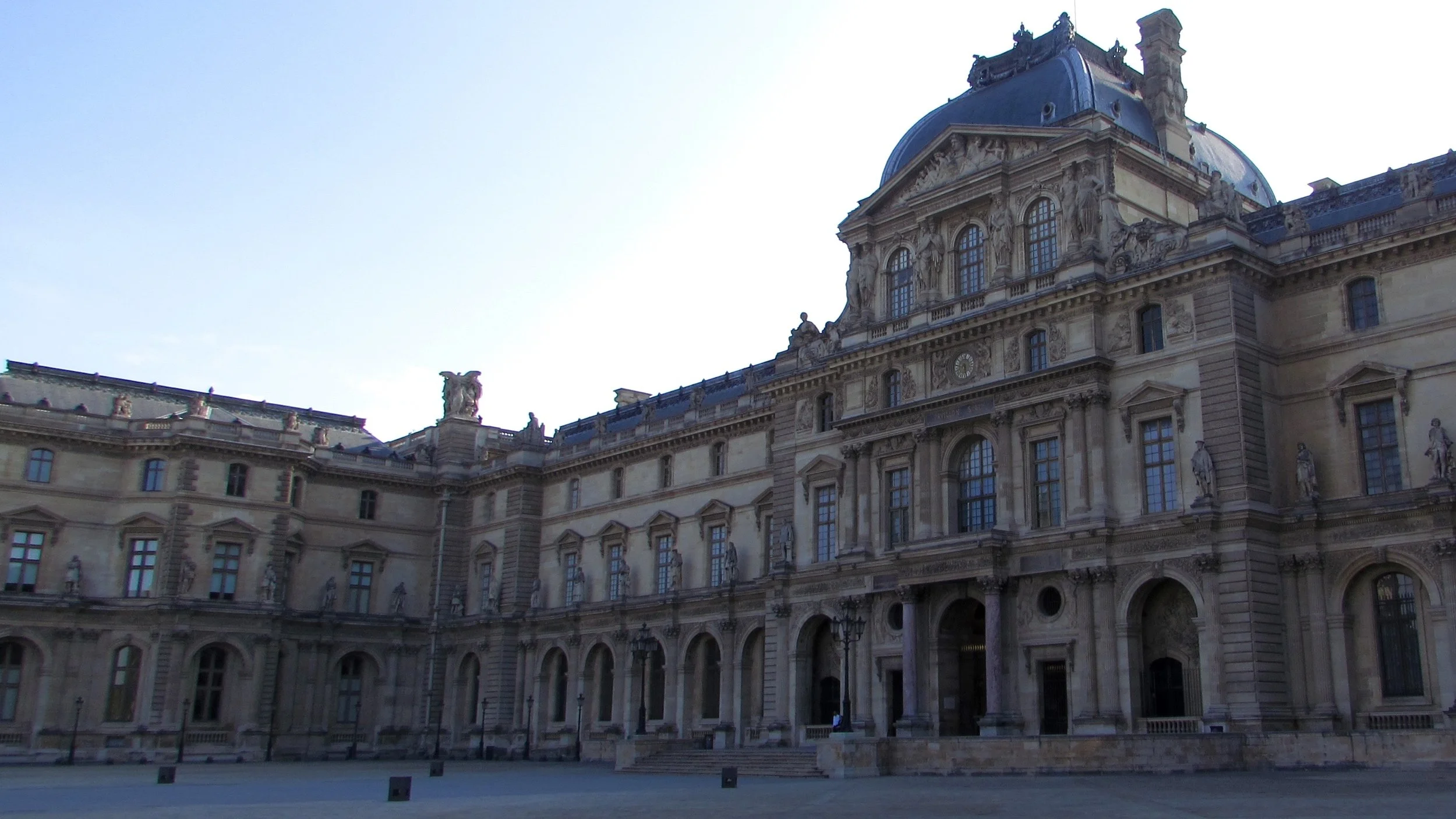
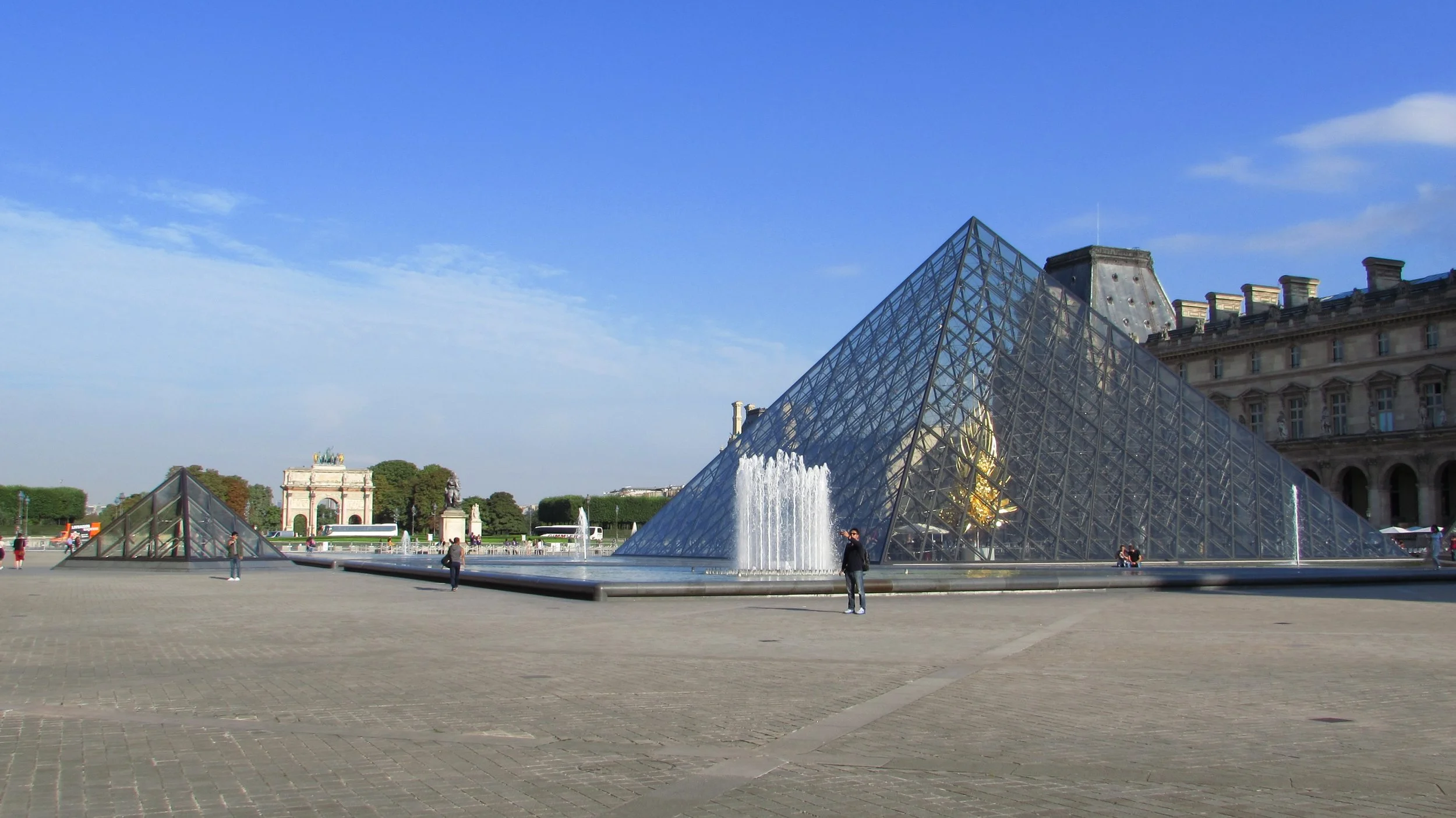

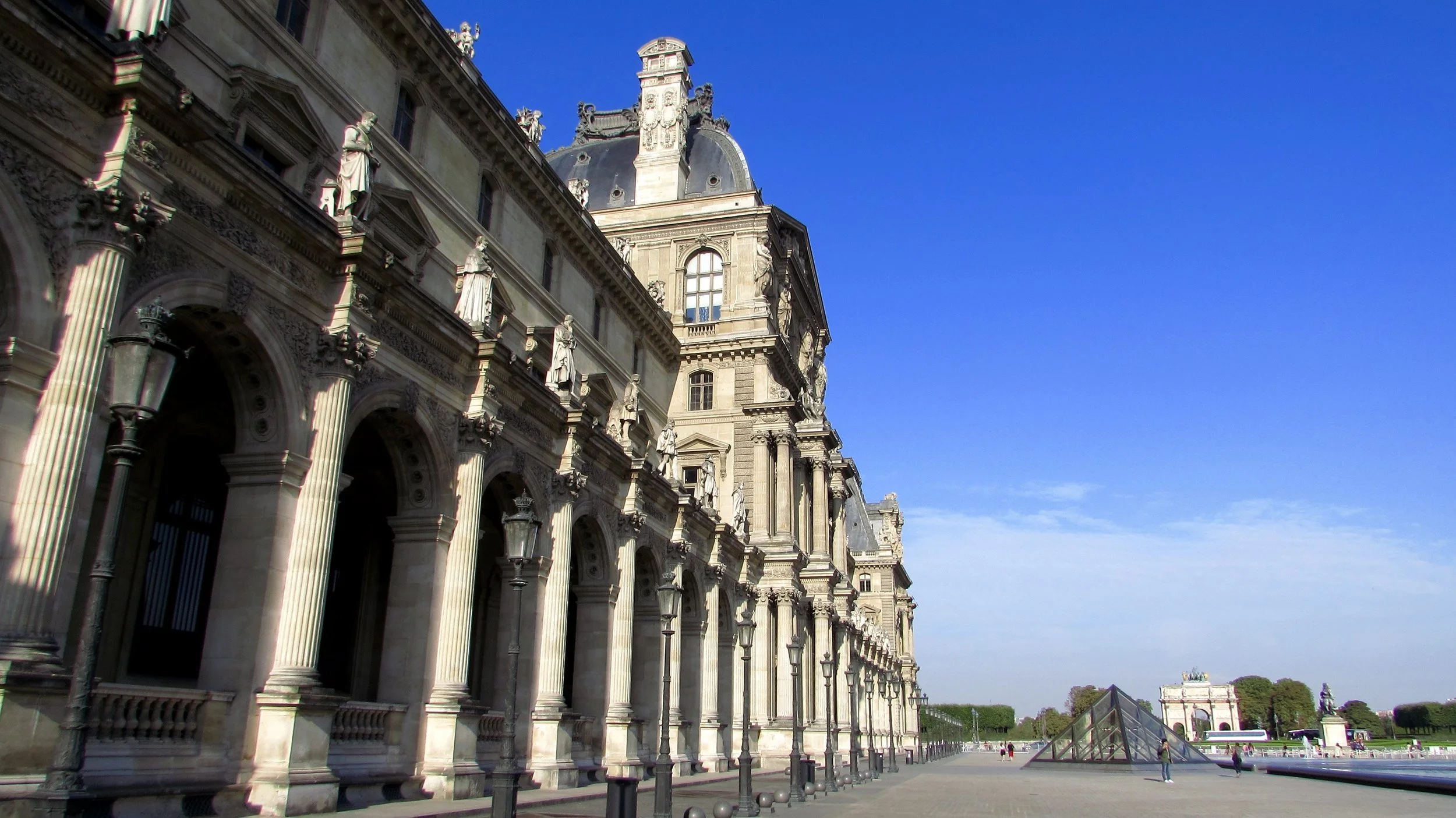
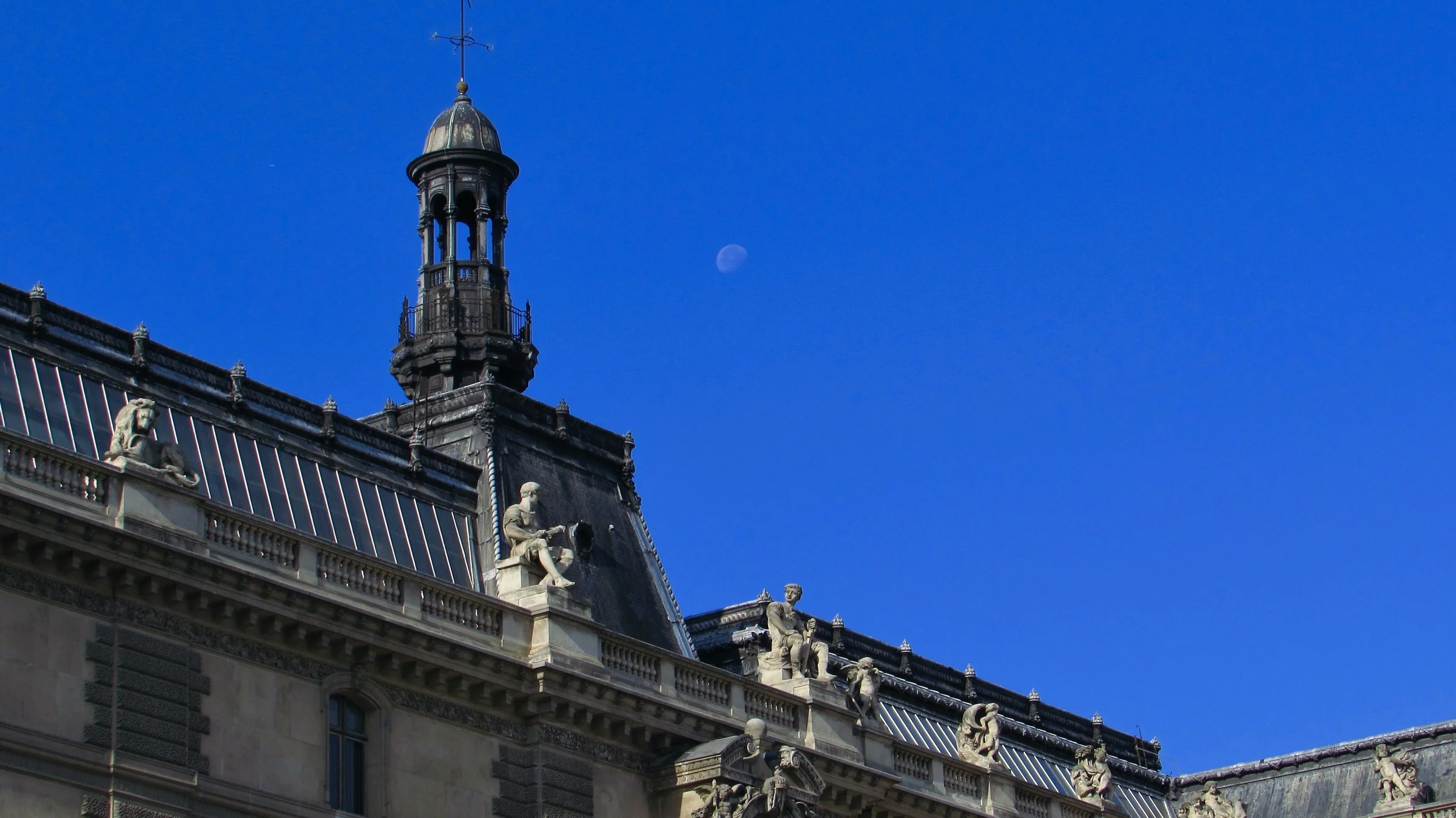

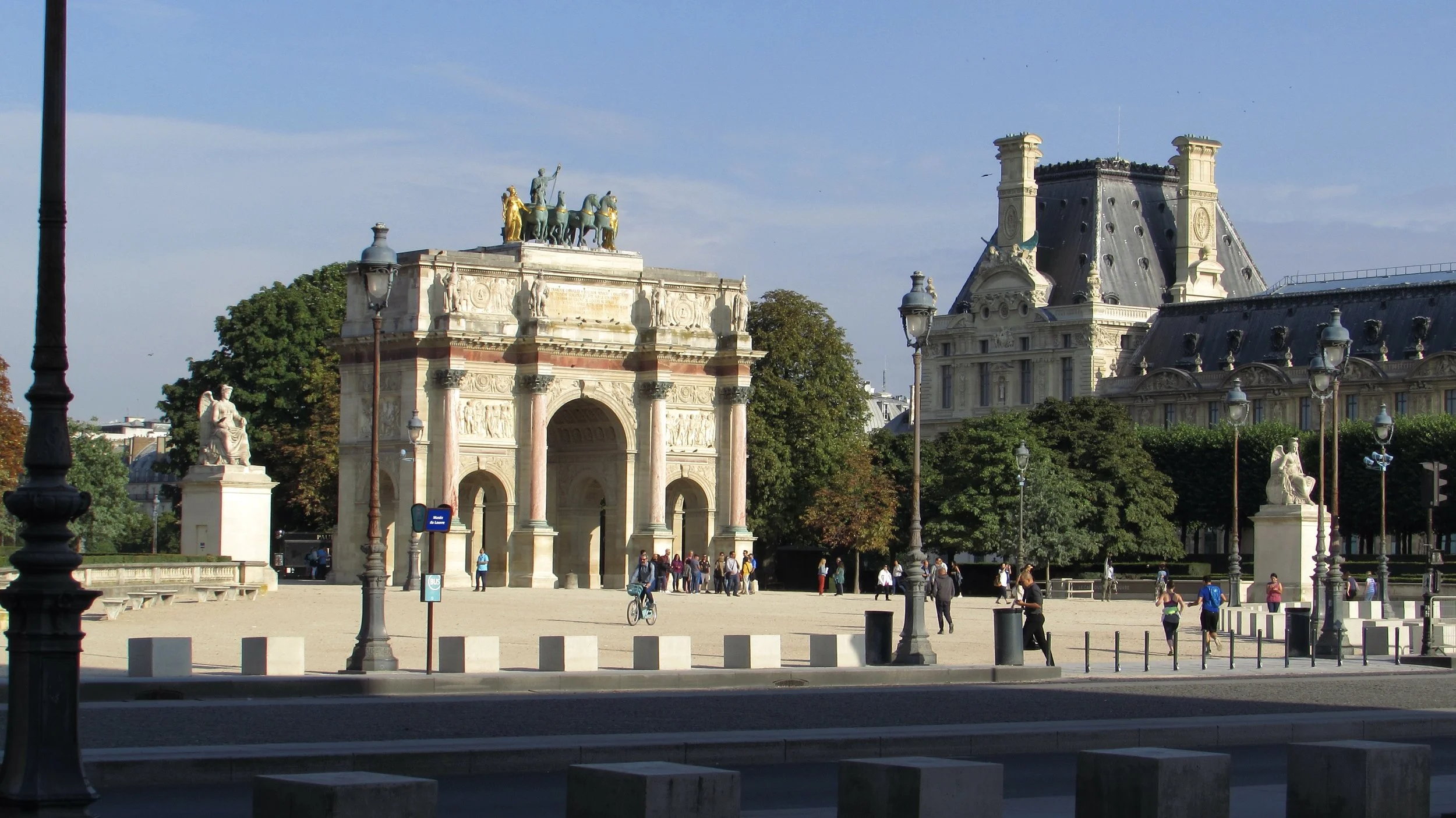
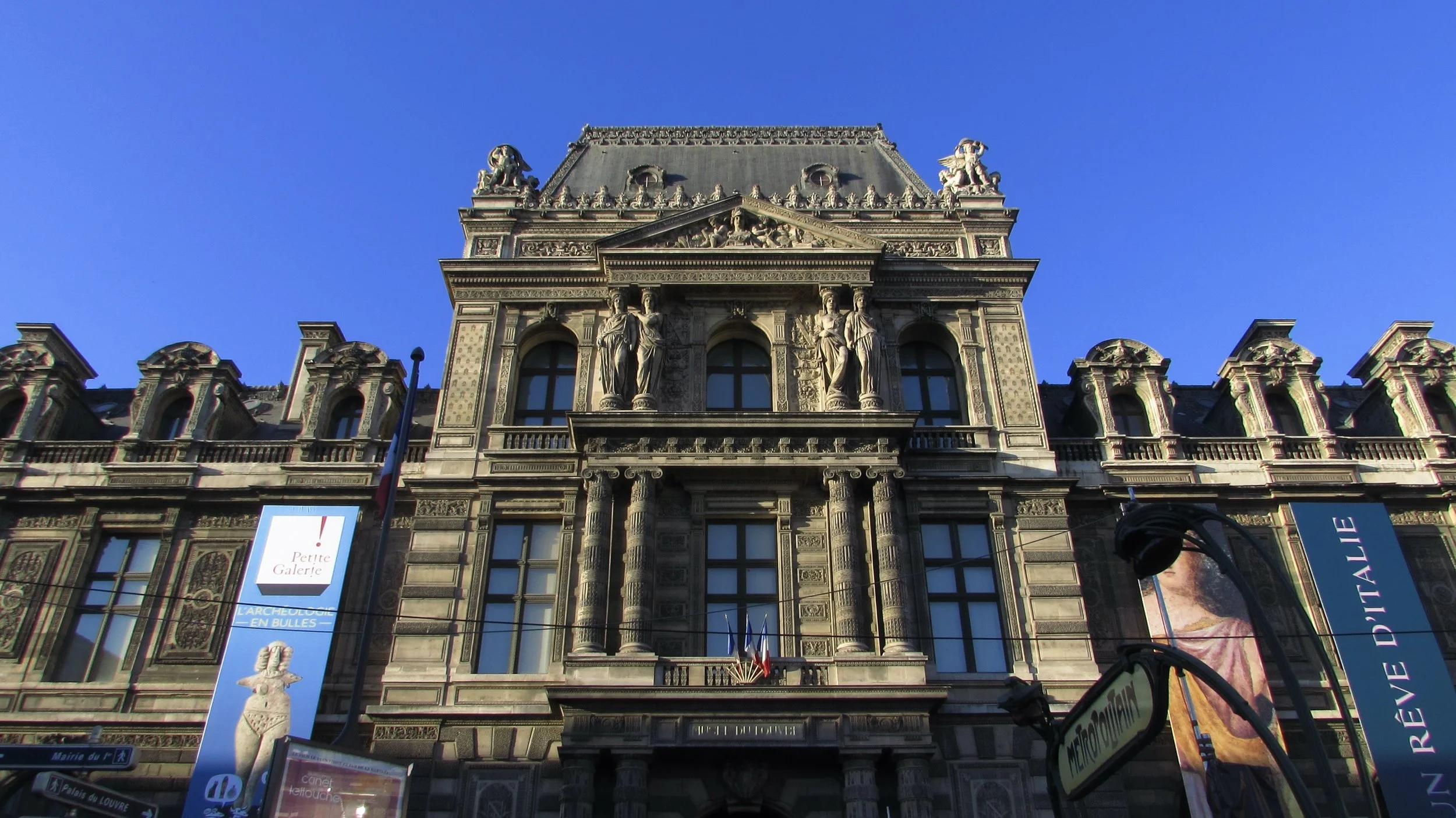
The Louvre began in the 12th Century when King Philippe Auguste (Phillip II) built a hunting lodge on the site. It’s always surprising to think about Paris being surrounded by woods and fields instead of the endless sprawl of neighborhoods, la Defense, and suburbs. He probably built the lodge atop an already existing defensive tower. The hunting lodge was apparently called Wolf Lodge or Luperia which over the years of French became Louvre (Loo-vrah). Philippe Auguste had the lodge fortified with massive walls and a drawbridge while he was away at crusades because he feared another Viking raid from the Seine (like the one I talked about on the Notre Dame page). He also feared an English attack since they held Normandy at the time. Those massive walls are the ones I mentioned that you can see in the basement!
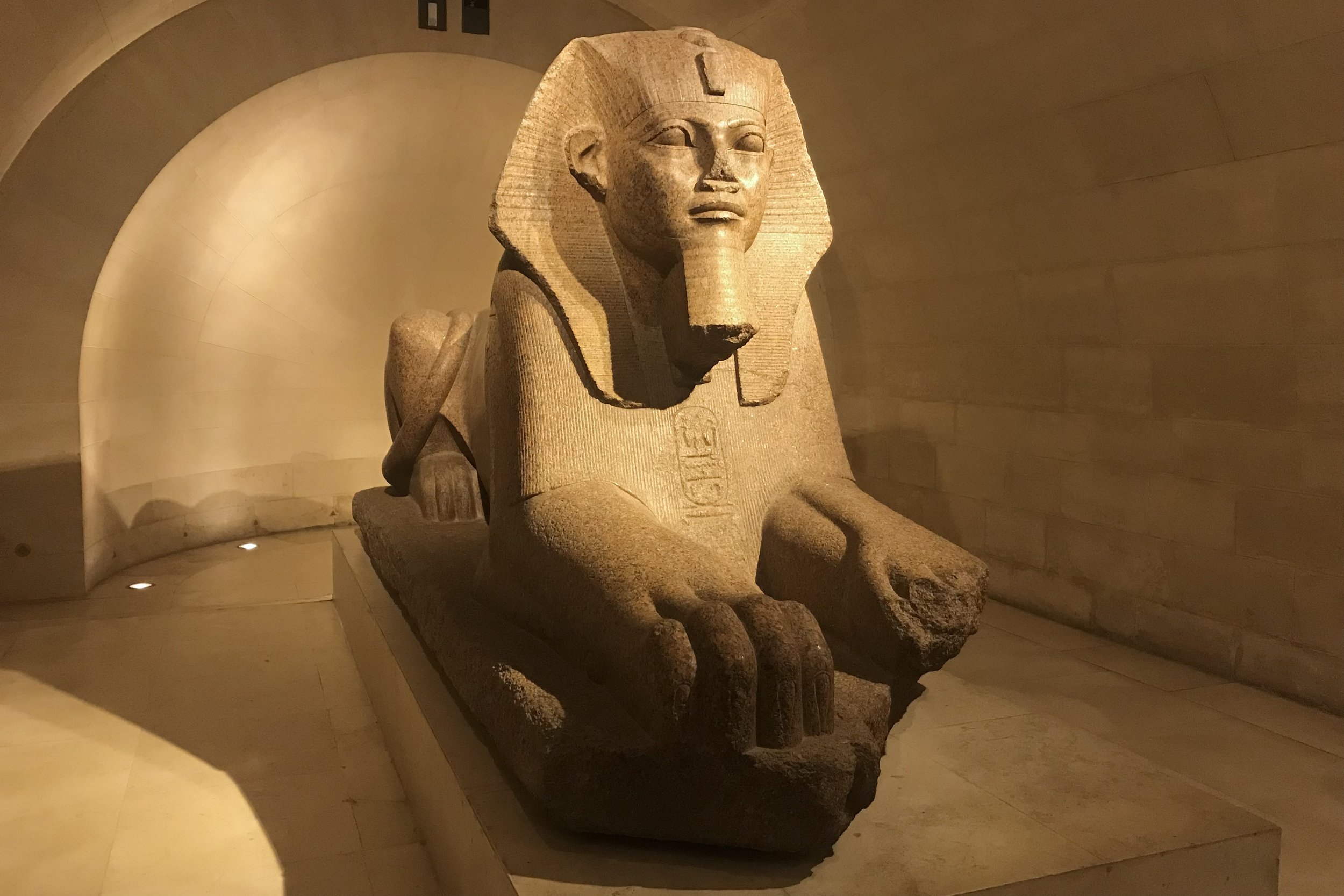
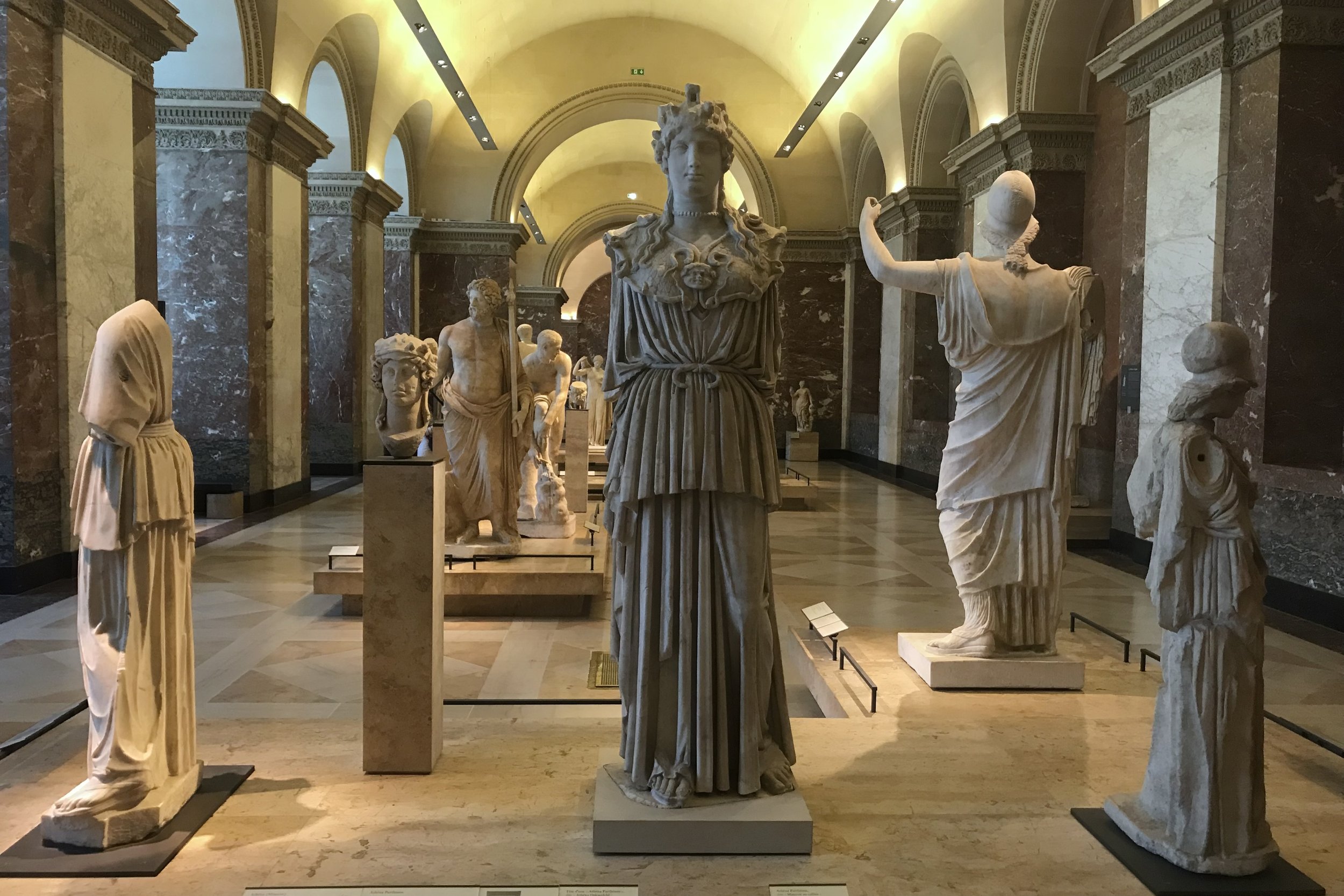
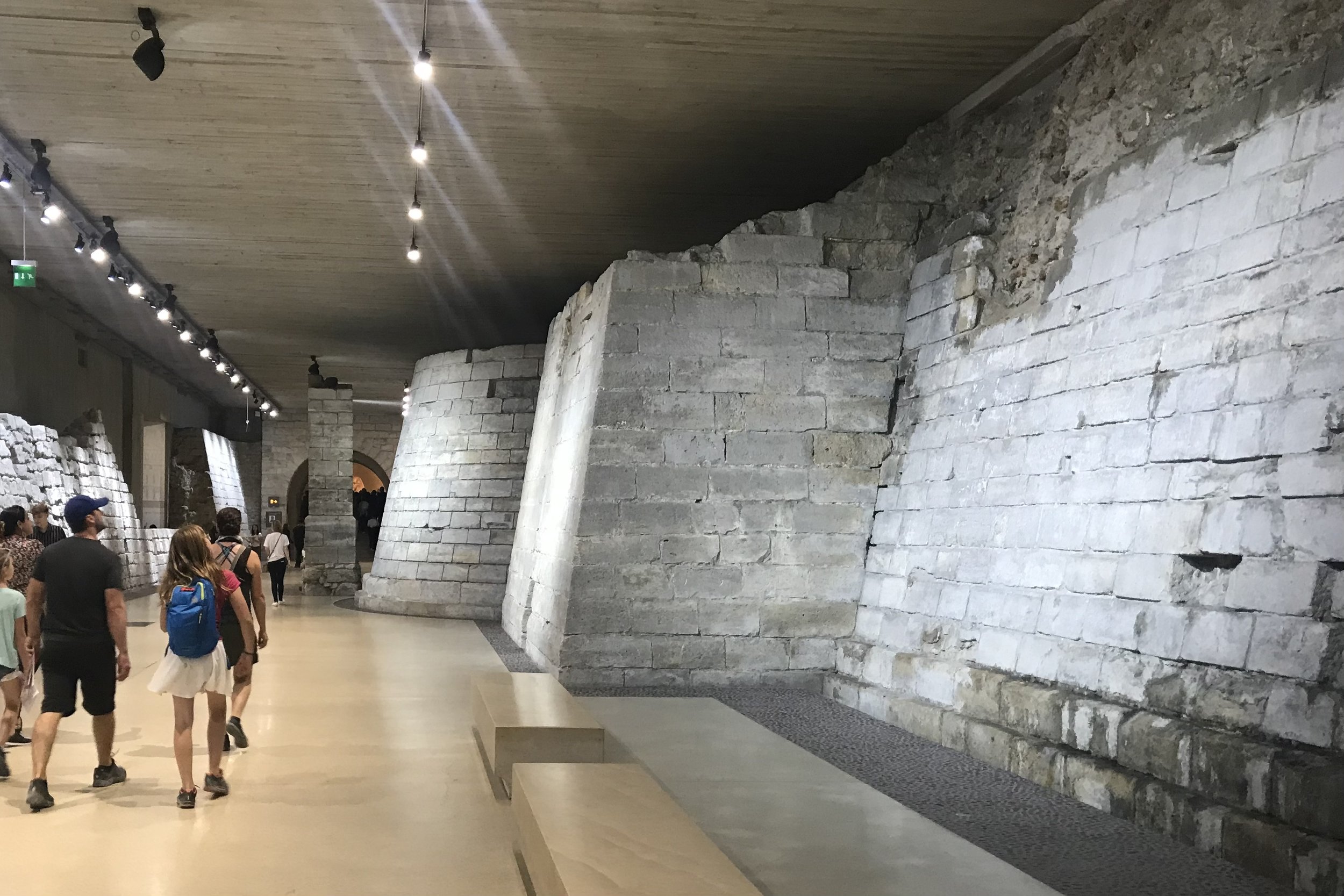
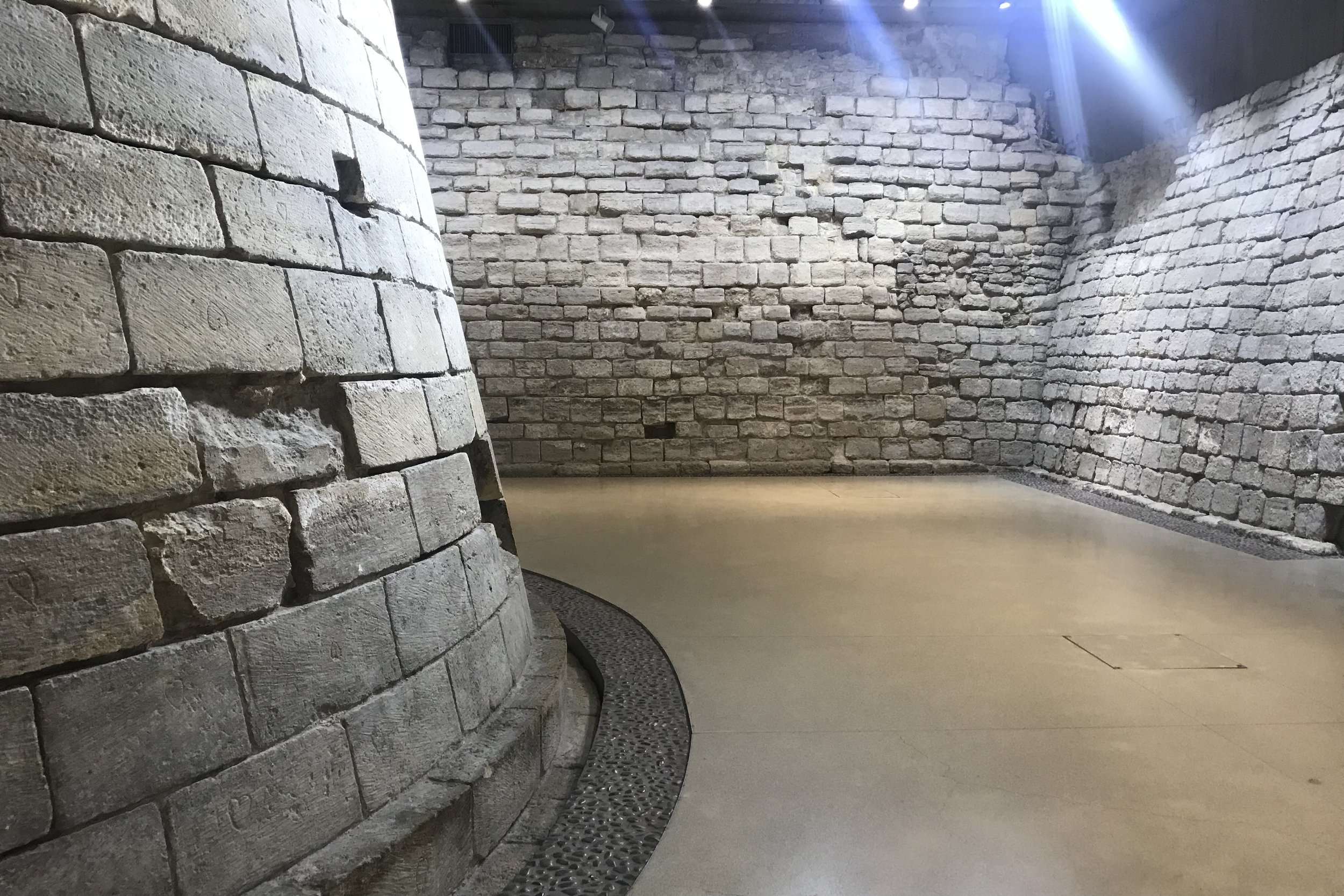
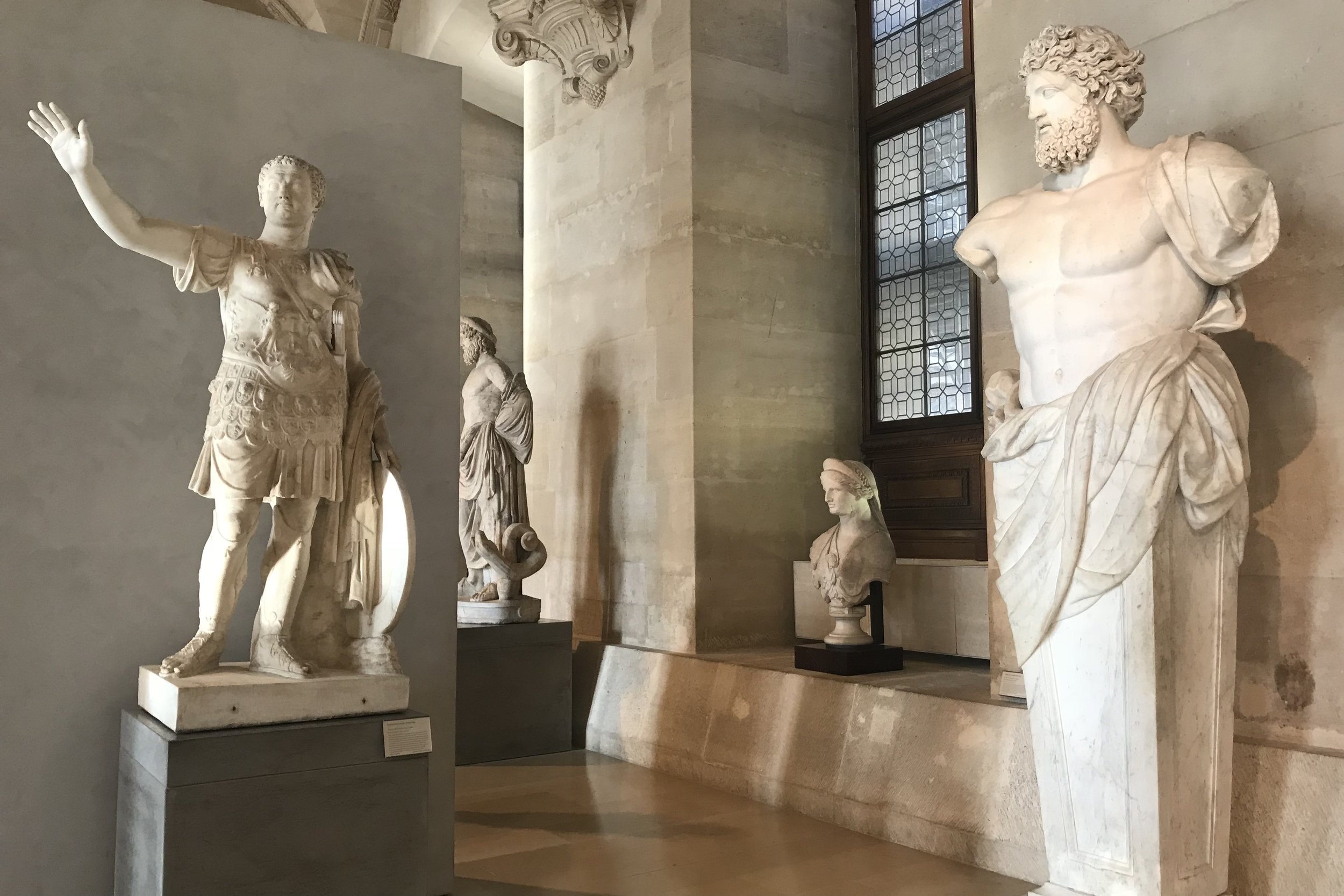
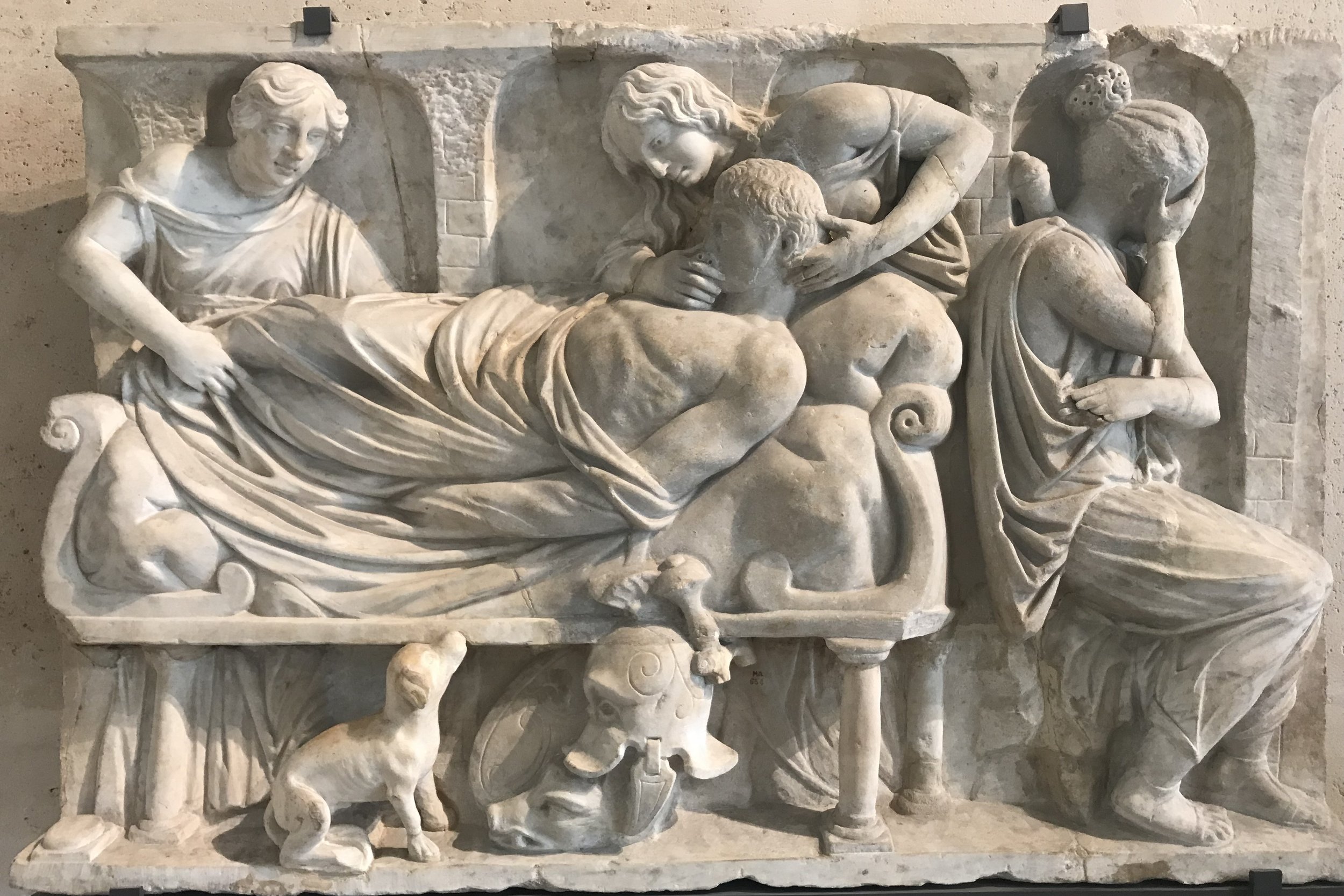
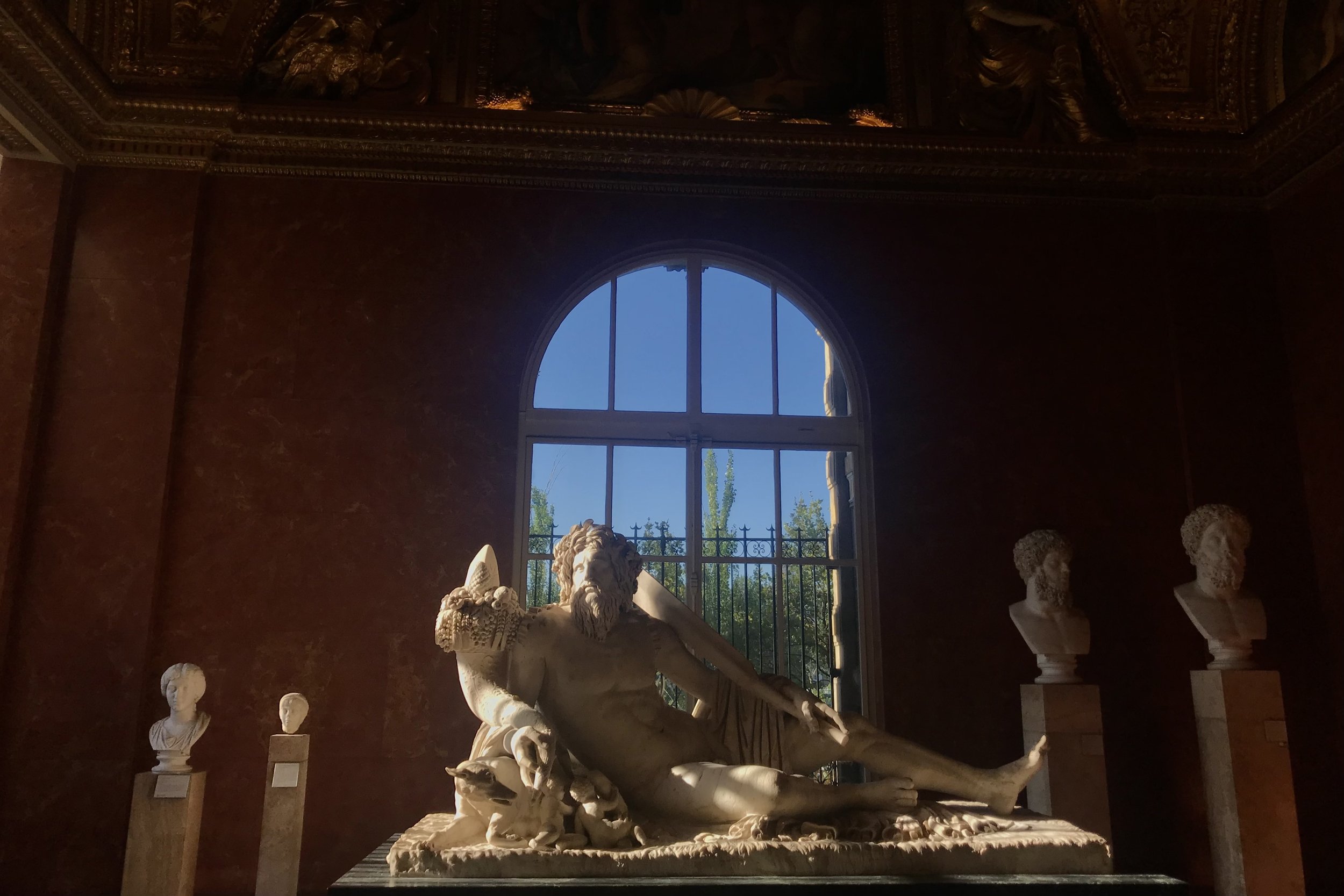
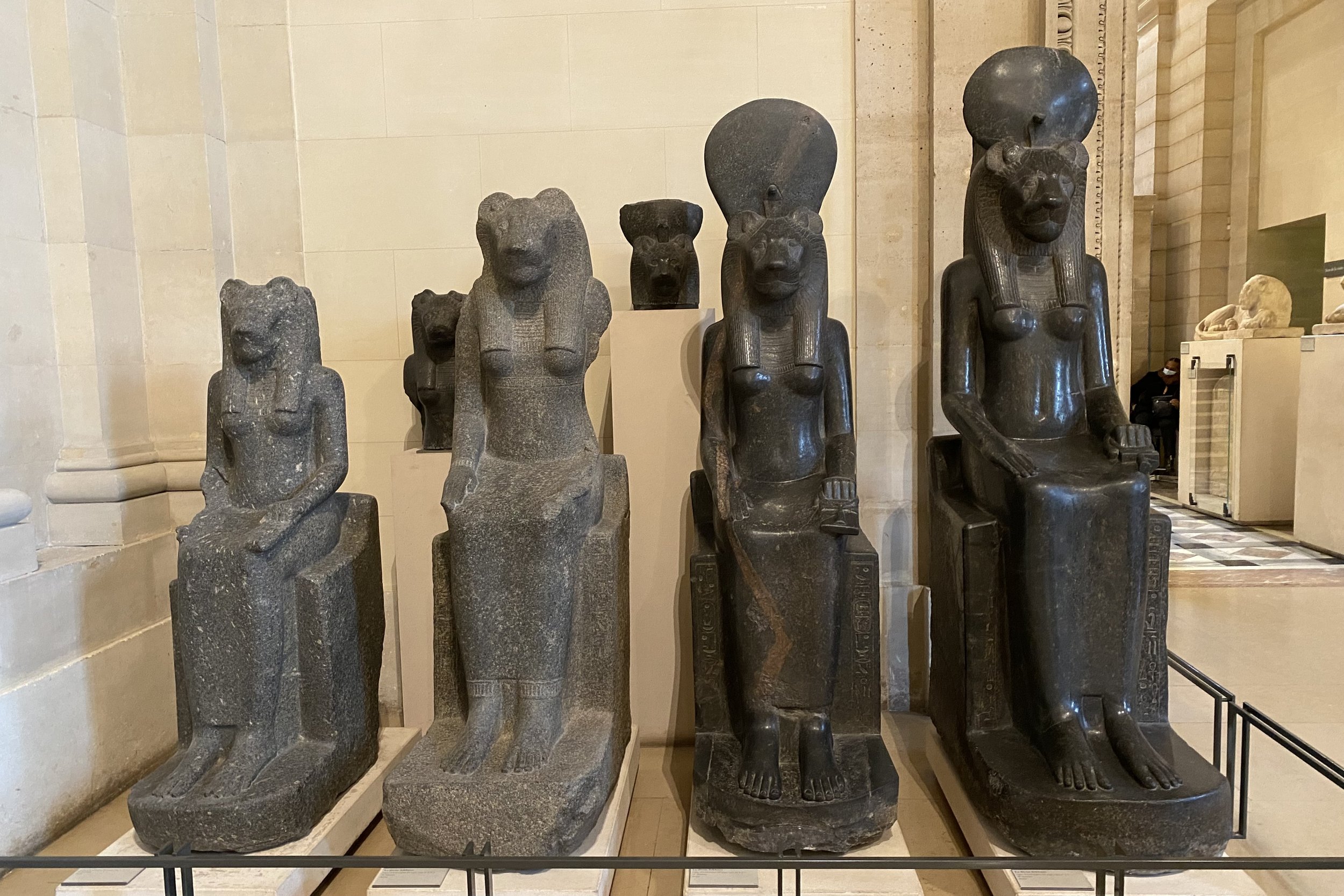
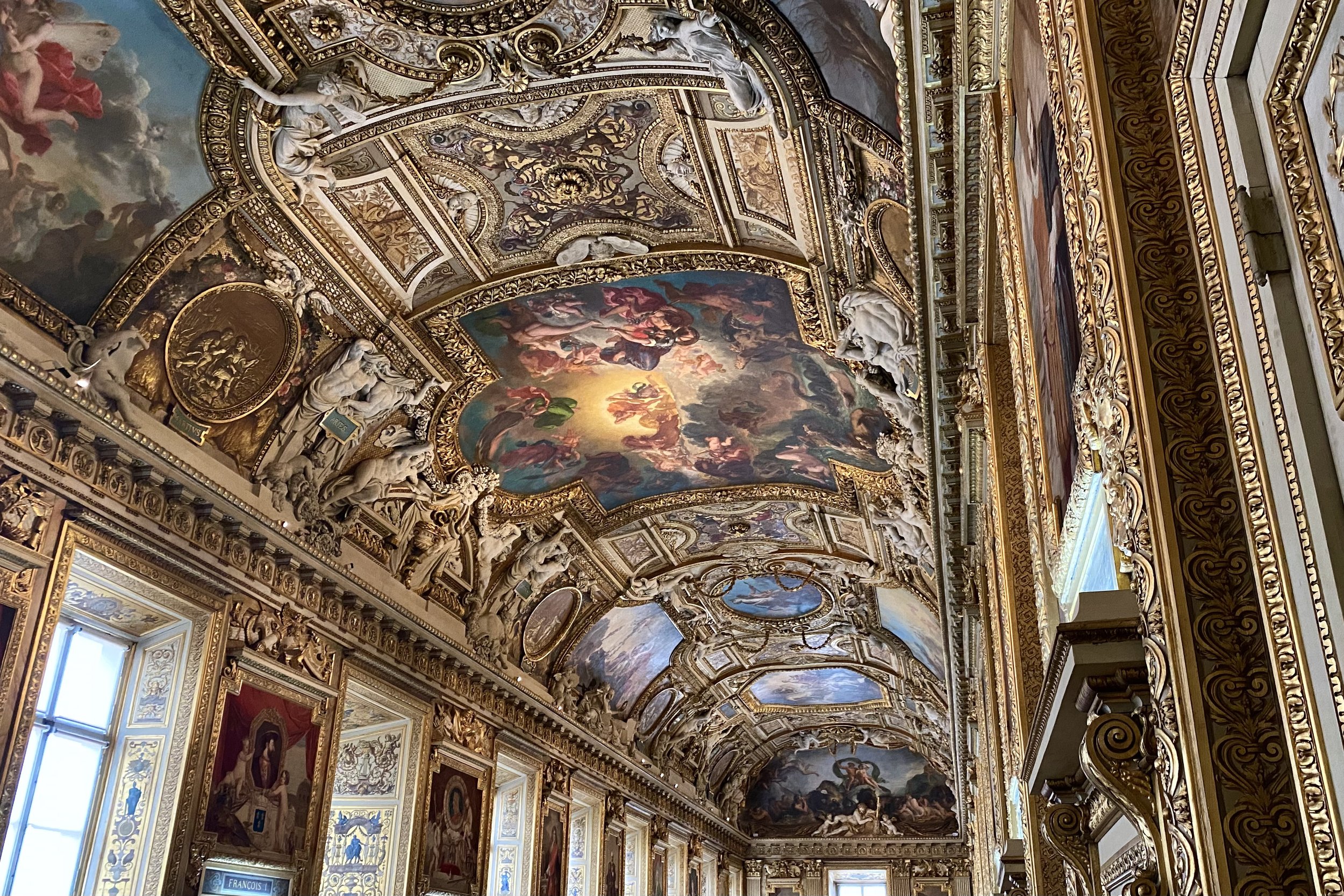
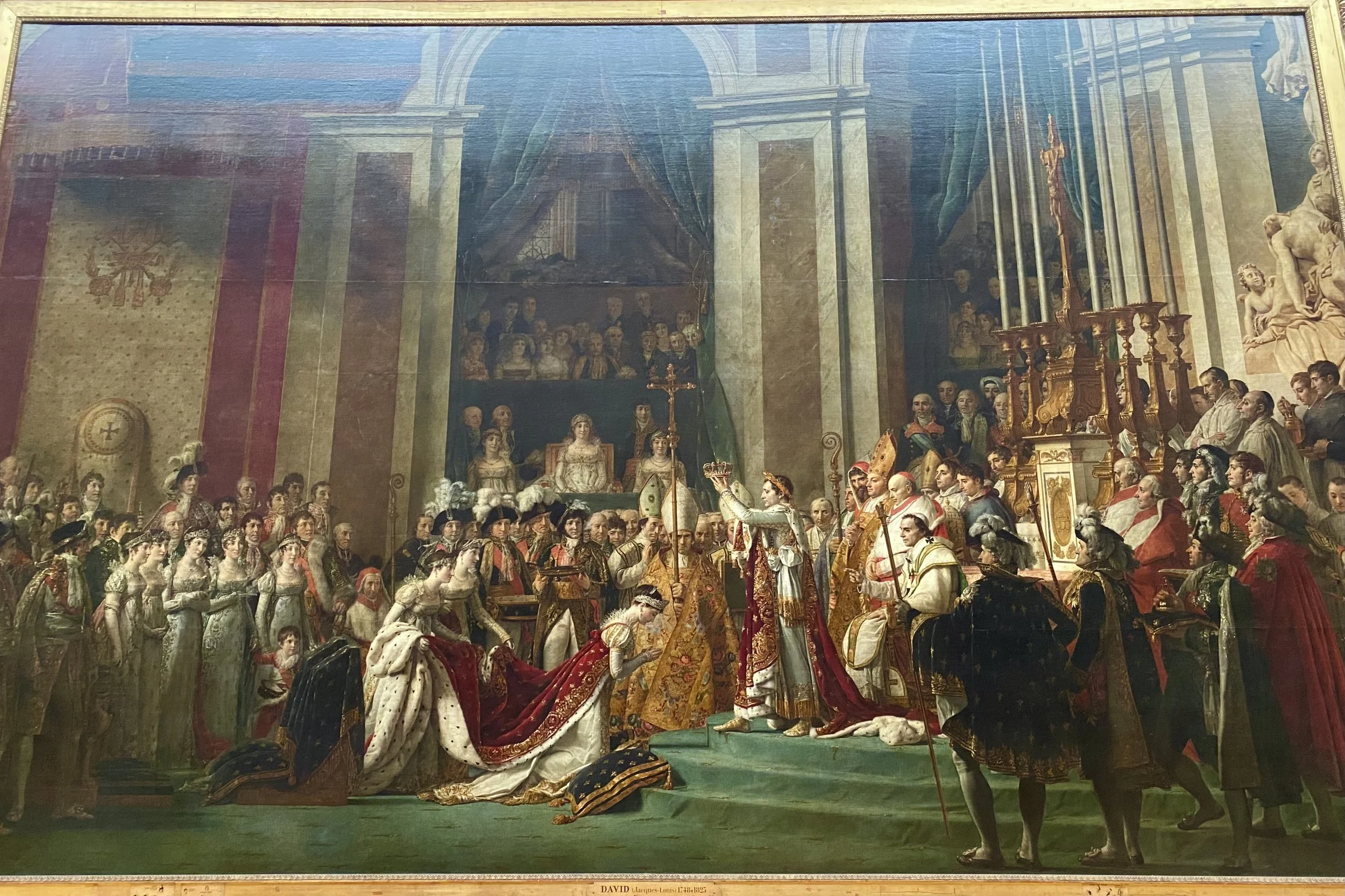
Eventually the fort became a Palace which was continuously added upon and enlarged for the next four hundred years. The Palace became an incredibly impressive Castle and fort that towered above the rest of the city of Paris by the 1600s.
But then Louis XIV moved the Palace to Versailles and the massive complex fell into disrepair. Eventually, artists for the royals moved in and created their works there. At the same time, French monarchs began acquiring works of art, especially Italian ones, from around the continent. Eventually, it kind of became a de facto museum for the King’s artworks and even by the 1680s, guidebooks to the city were commenting on the art at the Louvre.
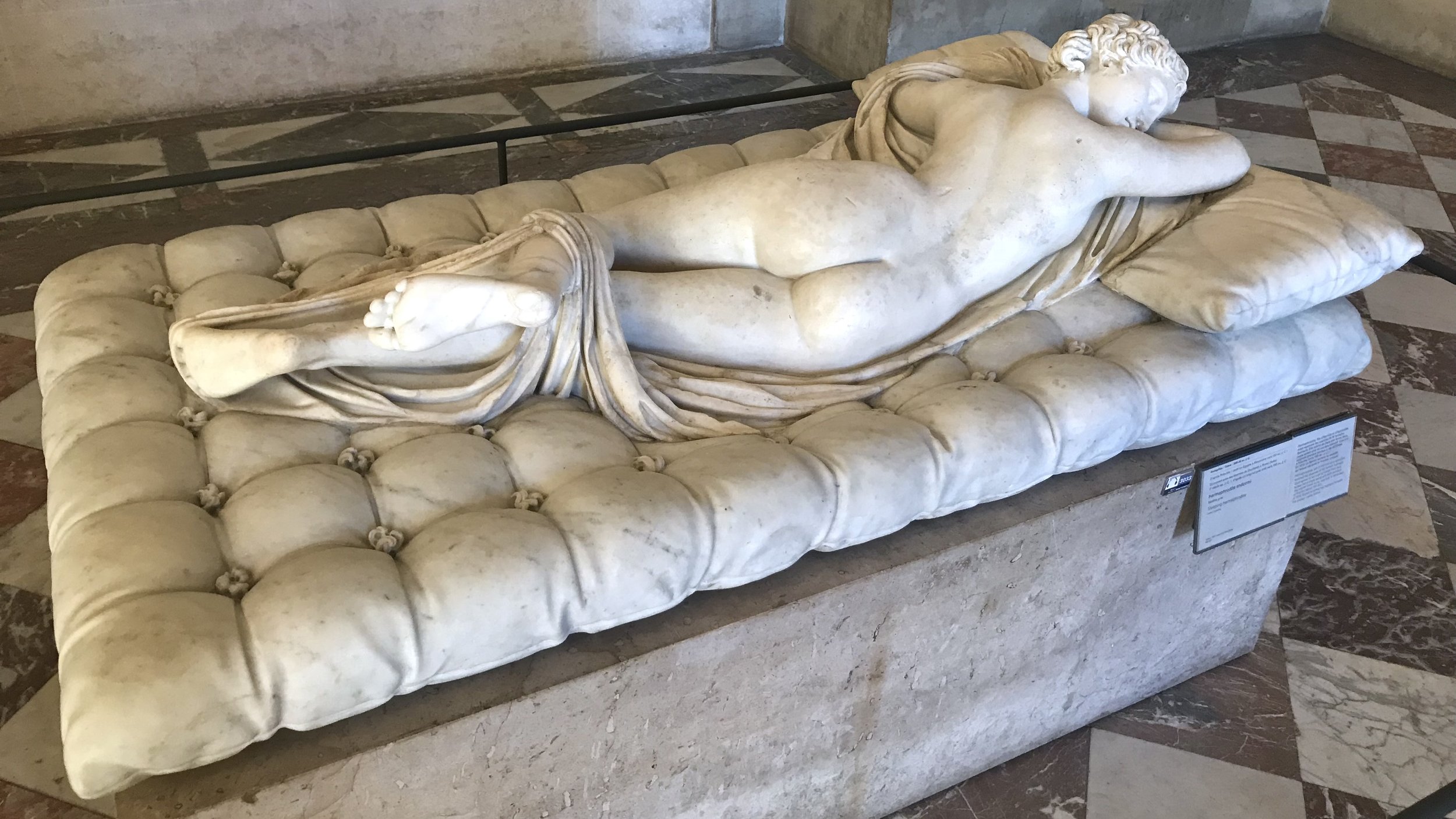
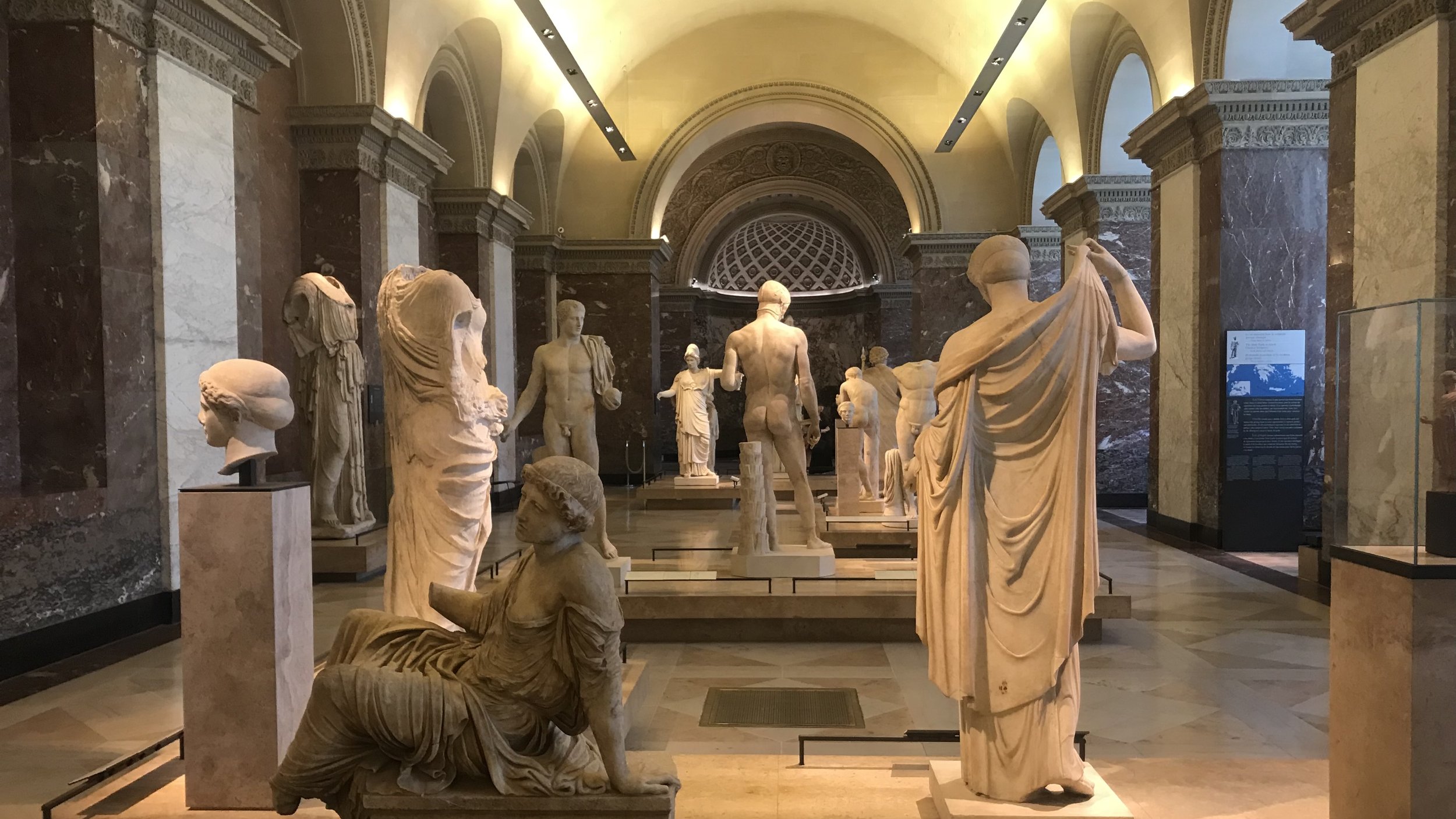
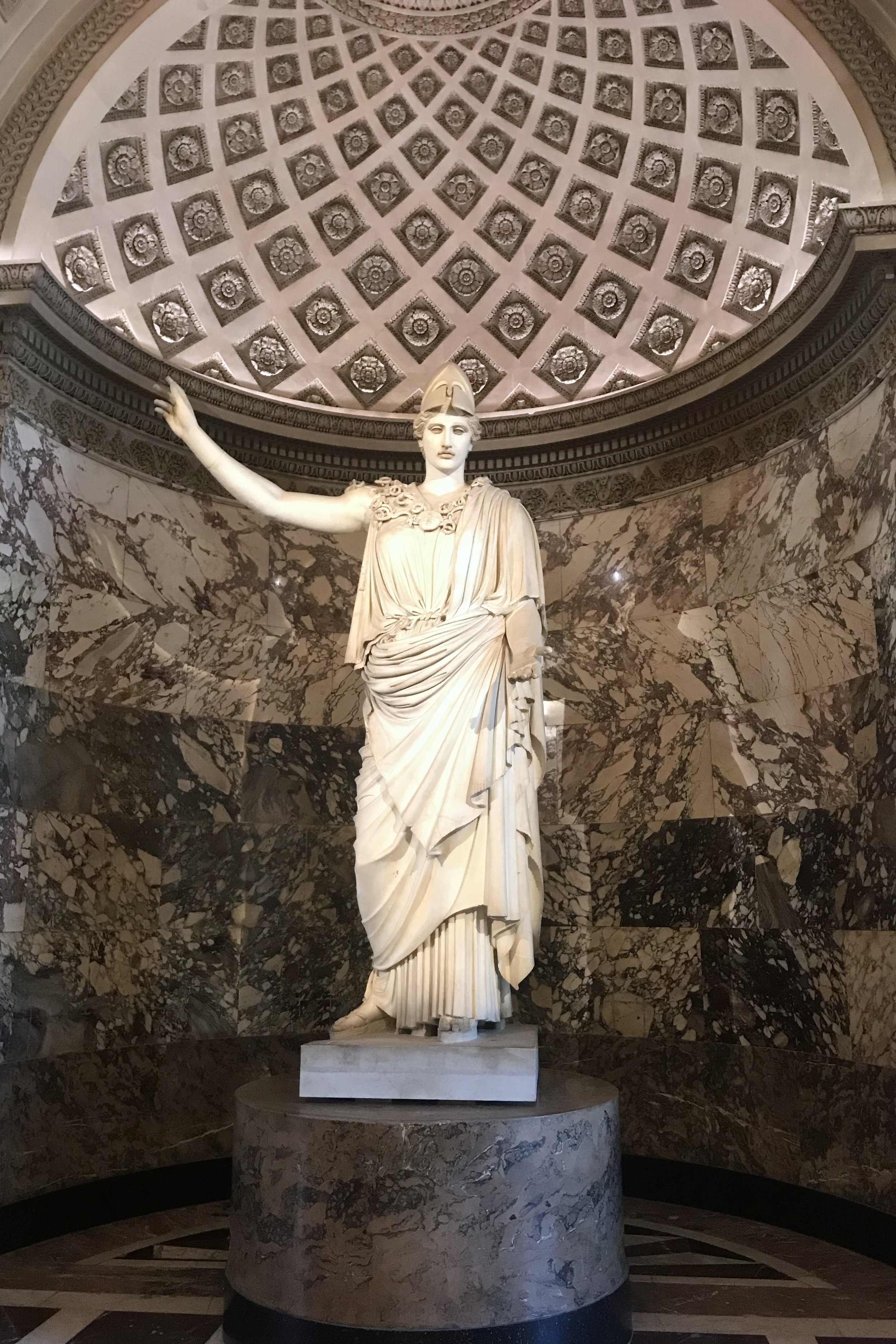
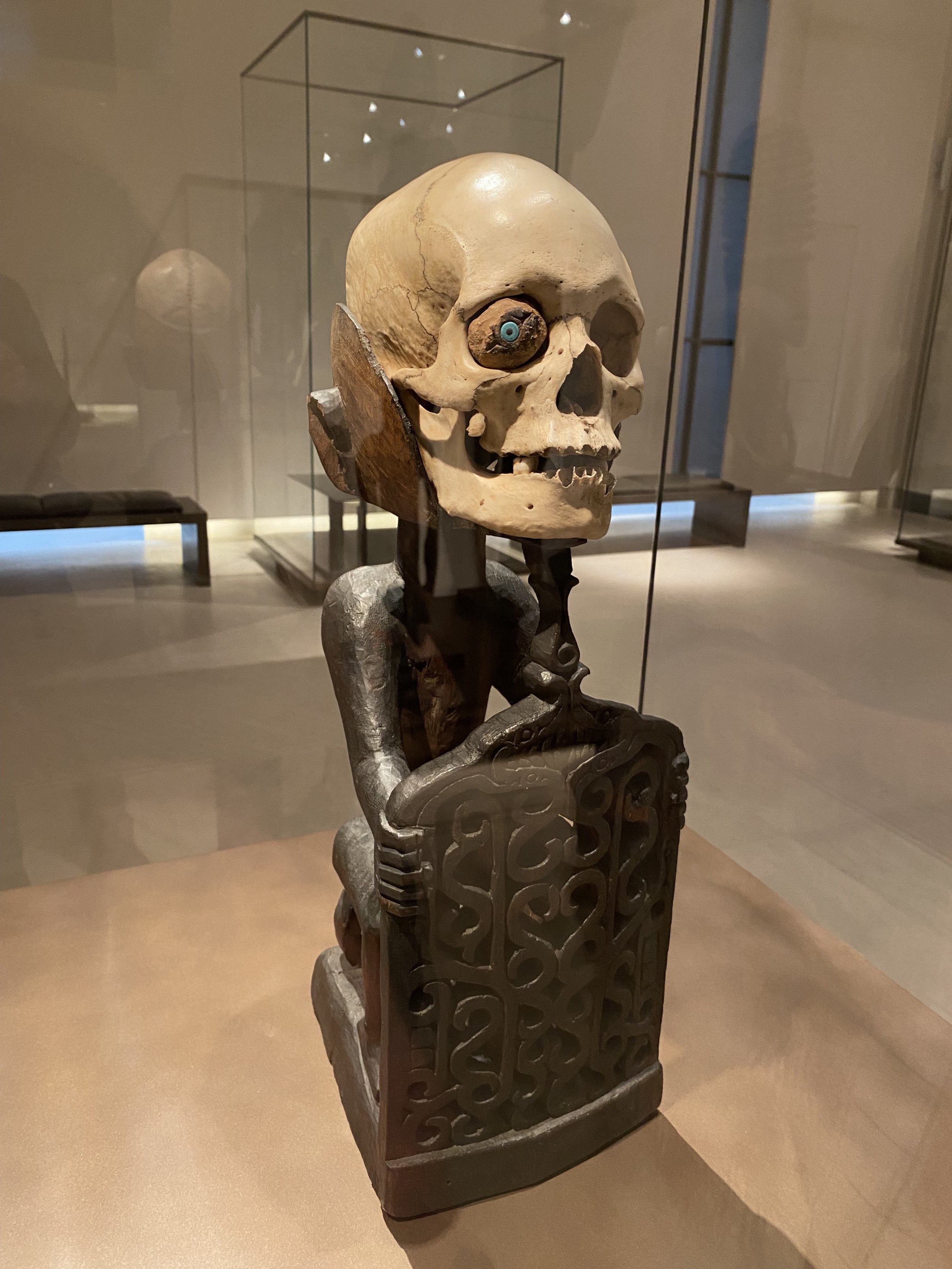
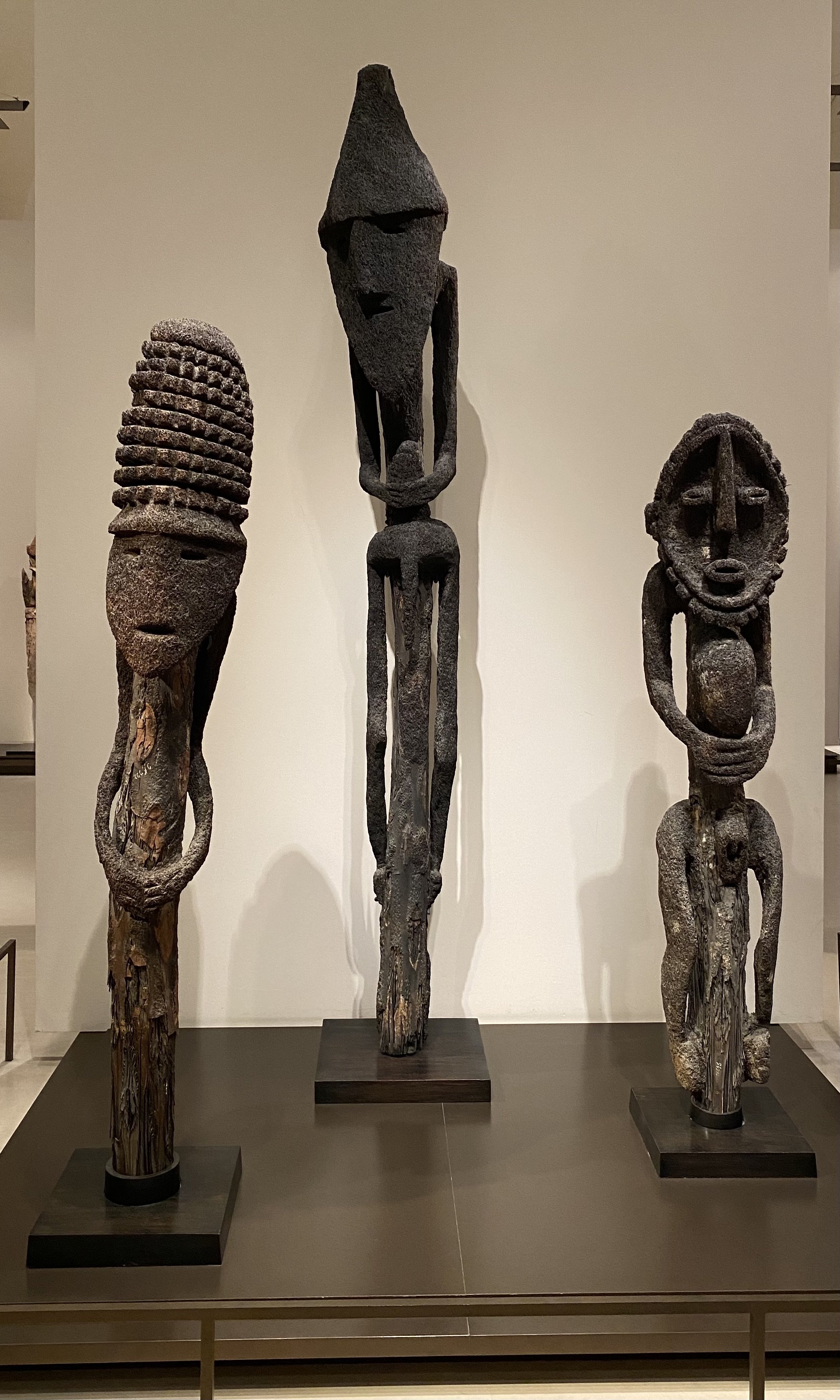
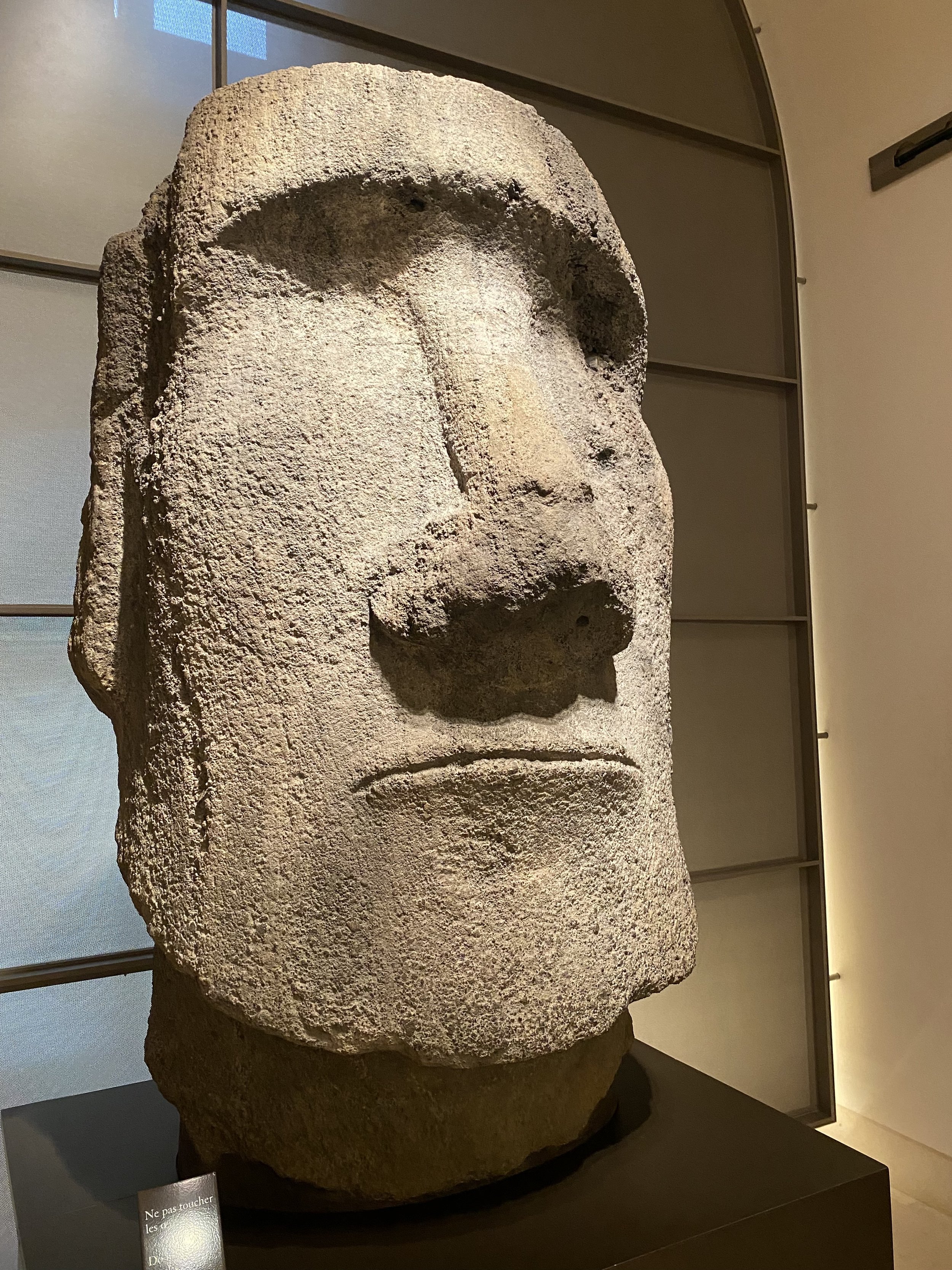
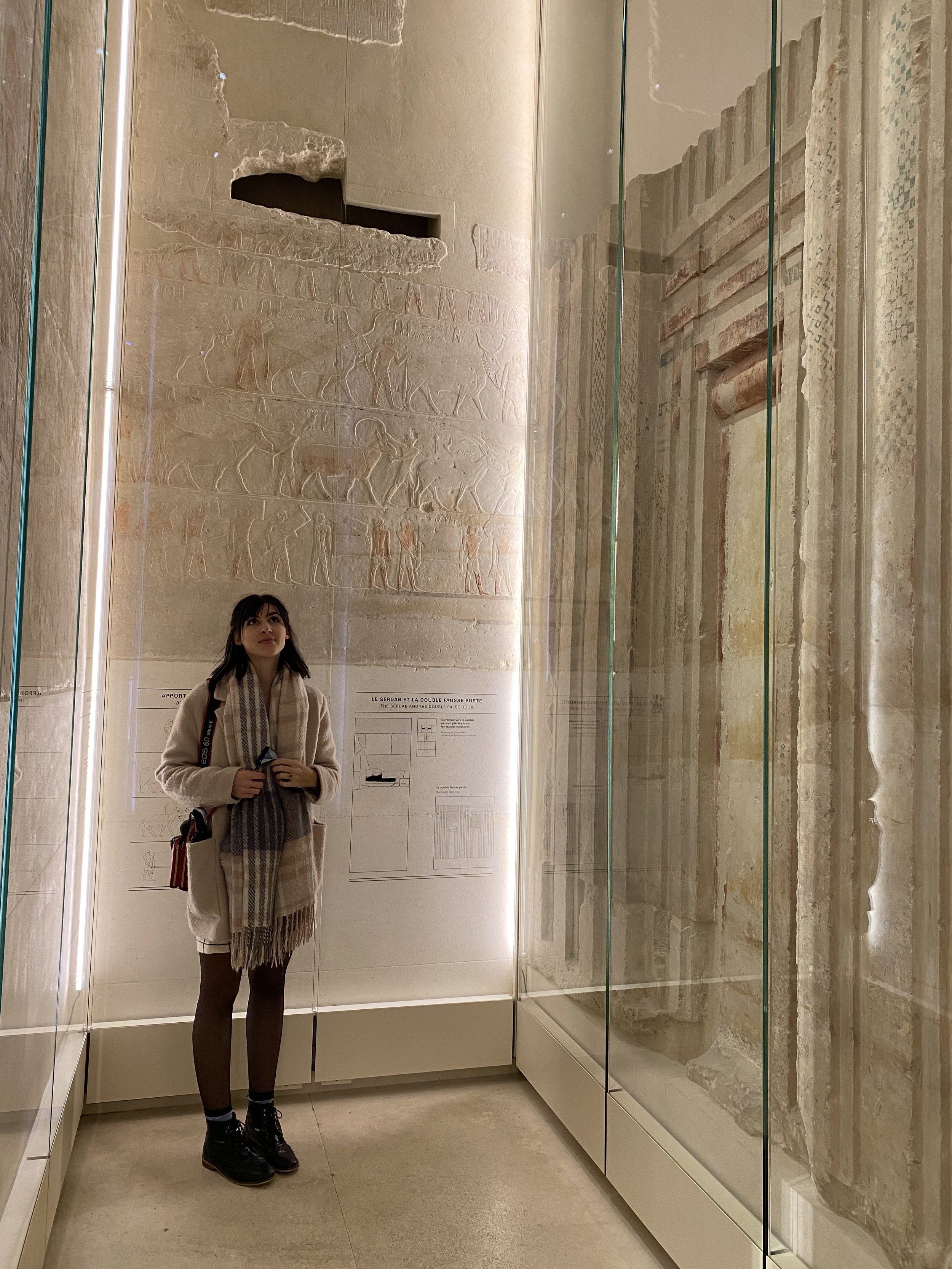
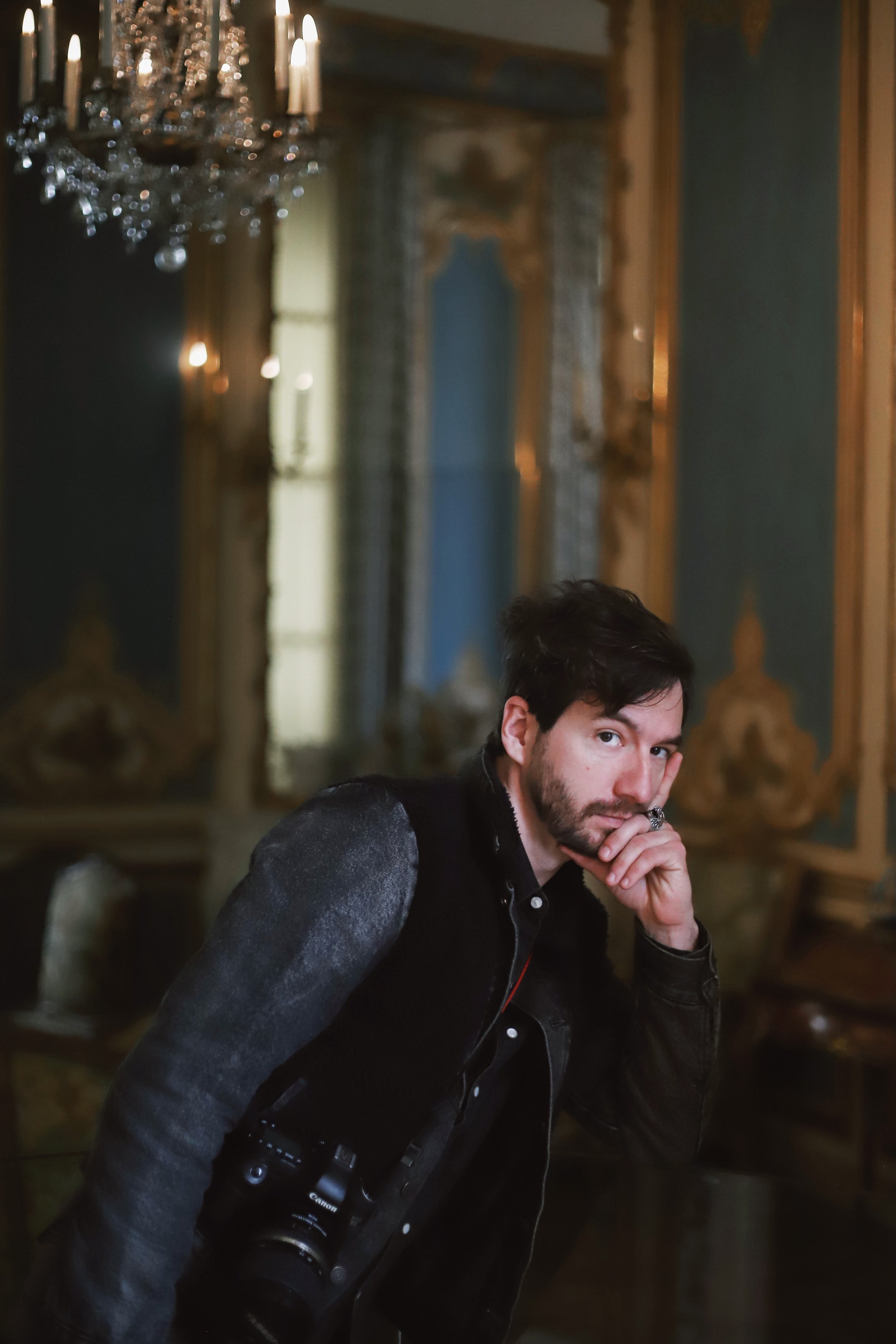
After the Revolution, the revolutionaries realized the significance of the art housed at the old Palace and DIDN’T burn or destroy it all, surprisingly. Instead, they opened a public museum.
By 1801, the place had been chronologically organized and lit and the palace had been repaired. And then Napoleon greatly enlarged the collection through his many years of successful campaigns from Austria to Italy to Egypt.
After the fall of Napoleon, many artworks were returned, but obviously, not all. His successors in the various Republics and Empires that followed continuously added to the building and the collection.
And then the Commune of 1871 occurred. At that time, as the French Army was marching into Paris to suppress the Communards, they set fire to the Tuileries Palace which burned for 48 hours. Thankfully, the fire didn’t touch the artworks but it did burn an important library. You can still see some of the old palace in the Tuileries Gardens. What’s left of it anyways.
The inverted pyramid was added in 1993 and the museum continues to evolve.
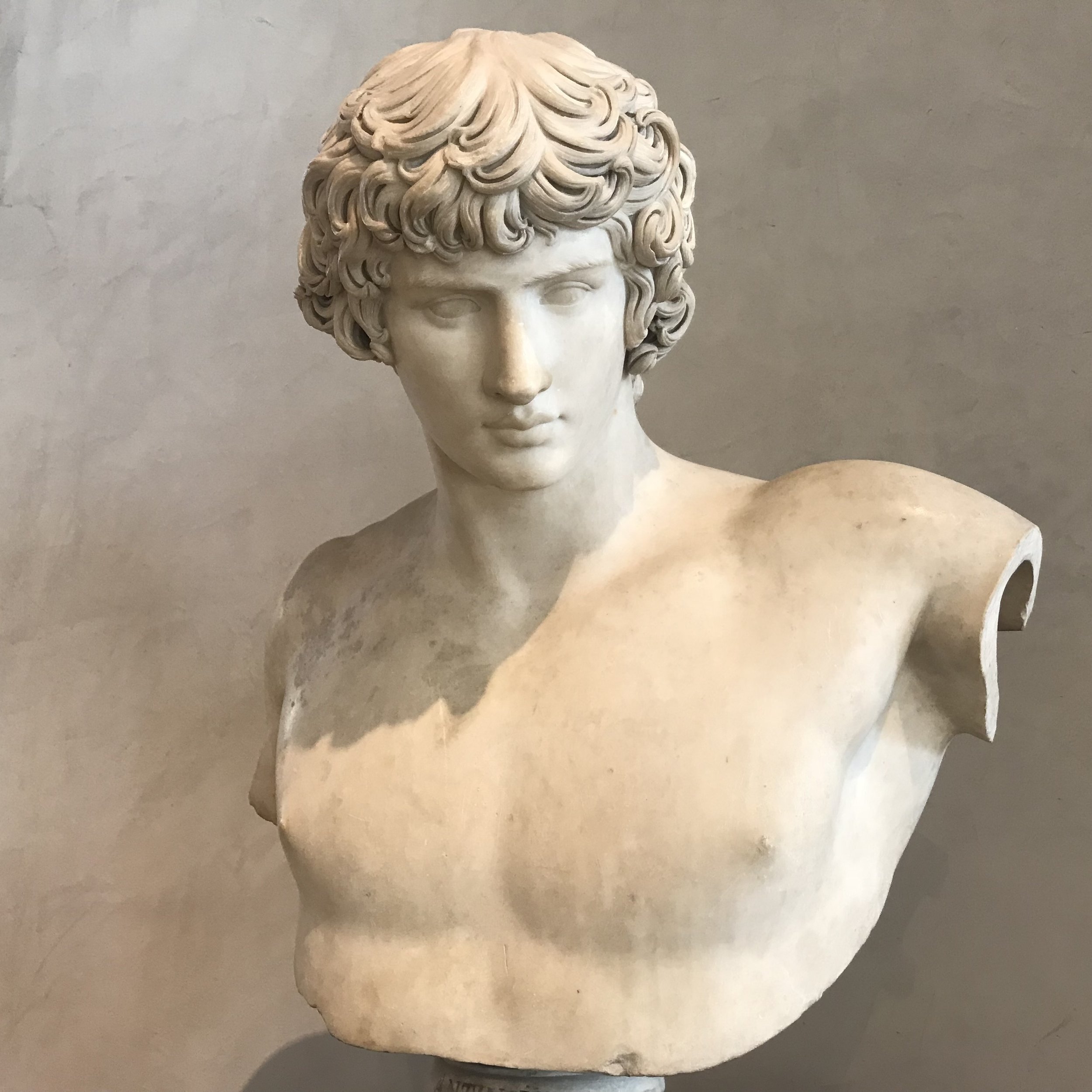
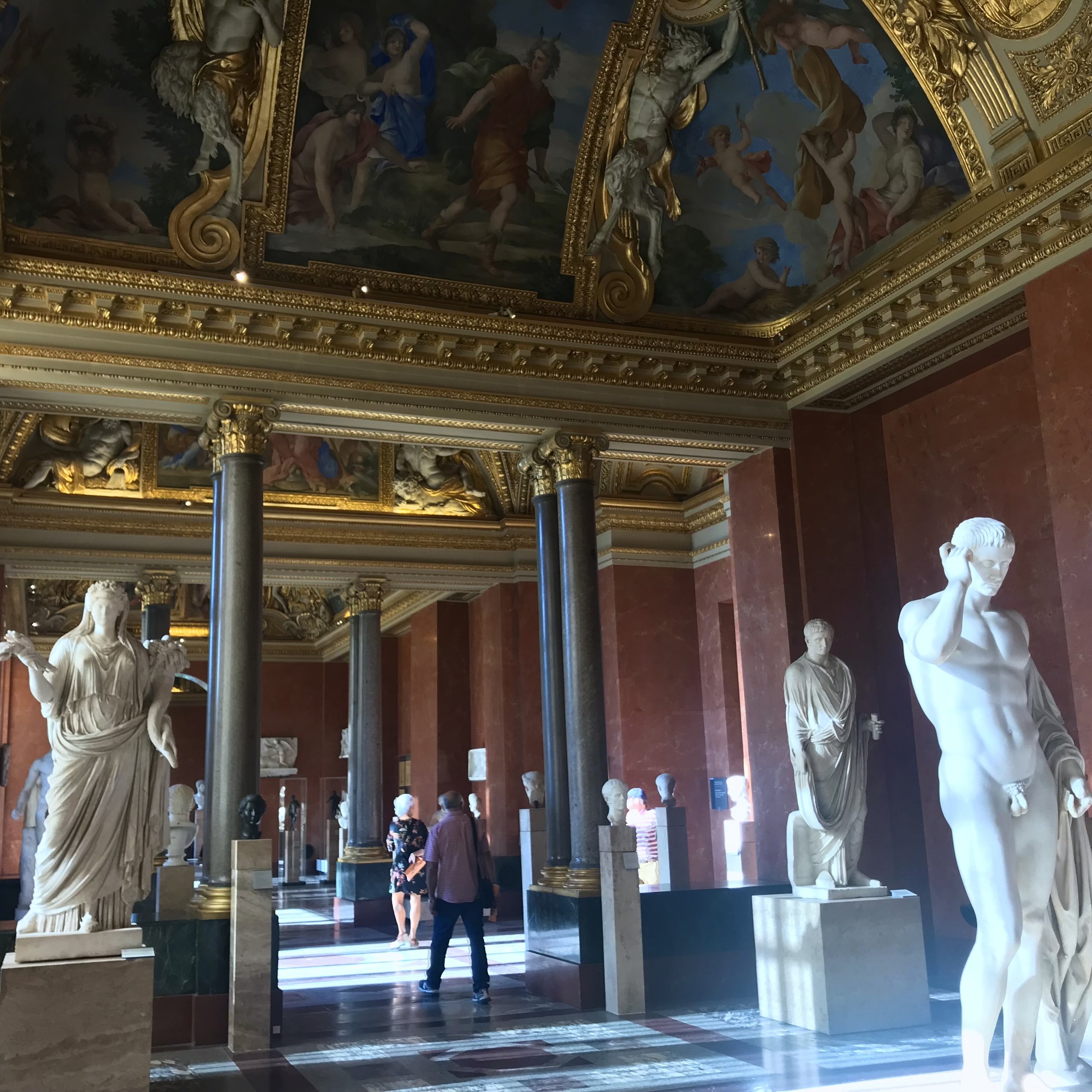
Nearby: Petit Palais, Tuileries Garden (Jardin des Tuileries), Place Vendôme, Musée d’Orsay, Arc de Triomphe
